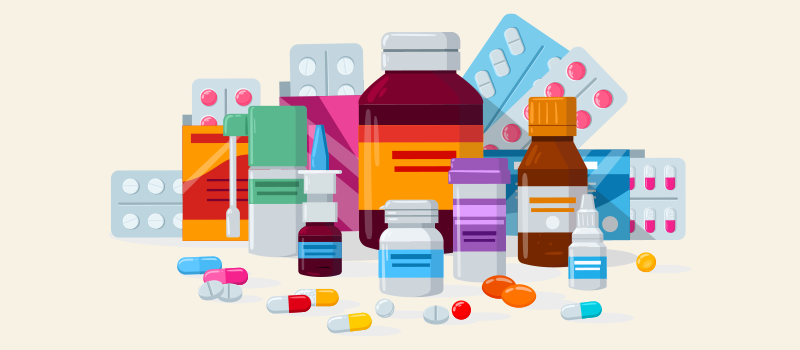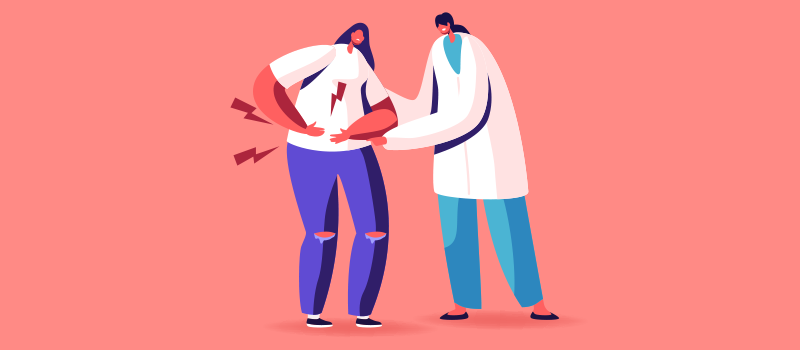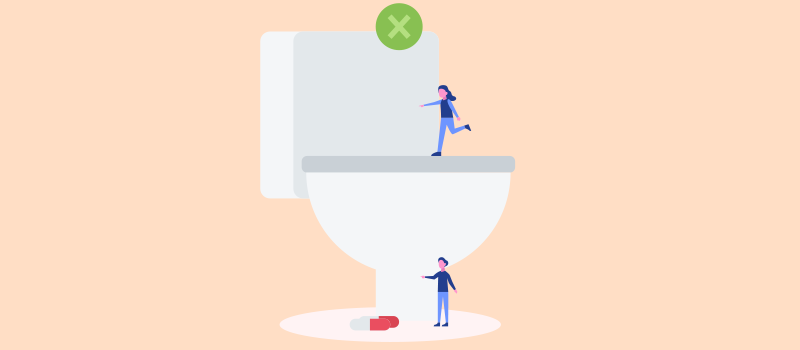What’s the Buzz
The Bee Healthy Blog
How to Compare Proton Pump Inhibitors

Proton pump inhibitors (PPIs) are medications that reduce the amount of acid secreted by cells in the lining of the stomach. They are used to treat symptoms of acid reflux, gastroesophageal reflux disease (GERD), peptic ulcer disease, and erosive esophagitis (damage to the lower esophagus as a result of acid reflux).
There are several proton pump inhibitors available. Patients treated with PPIs may want to change from one proton pump inhibitor to another due to clinical efficacy, insurance coverage, cost, or adverse events. Please continue reading if you have acid reflux symptoms and take a PPI. The following comparison of proton pump inhibitors will help you understand your choices better.
What proton pump inhibitors are used to treat gastroesophageal reflux disease?
The following PPIs are available in the US:
- Omeprazole (Prilosec)
- Esomeprazole (Nexium)
- Lansoprazole (Prevacid)
- Rabeprazole (Aciphex)
- Pantoprazole (Protonix)
- Dexlansoprazole (Dexilant)
- Zegerid (omeprazole and sodium bicarbonate)
Of these, four proton pump inhibitors—omeprazole, esomeprazole, lansoprazole, and omeprazole/sodium bicarbonate combination product—are available both by prescription and over-the-counter. Rabeprazole, pantoprazole, and dexlansoprazole are prescription PPIs.
Are all proton pump inhibitors the same?
All proton pump inhibitors are the same in some ways and different in others. PPIs are similar in that they work by reducing acid secretion from the parietal cells in the stomach lining. PPI treatment also helps in healing reflux esophagitis (inflammation of the esophagus caused by acid reflux).
There is no statistical significance in symptom relief provided by PPI drug therapy. Randomized controlled trials have not shown that one PPI is superior to the others. Also, generally speaking, the adverse effects caused by short-term and long-term PPI therapy are similar.
With that said, there are some key differences in the various PPIs.
What is the difference between the different PPIs?
Bioavailability
Bioavailability is the amount of medication that reaches your bloodstream after its administration. Intravenous medications have 100% bioavailability since they are placed directly into the blood. In contrast, oral medications have decreased bioavailability due to varied absorption from person to person and the drug metabolism, most of the time, by the liver. The good news is that clinical studies conducted on healthy participants have shown high bioavailability with oral PPIs. For example, the oral bioavailability is 89% for esomeprazole, 80% to 90% for lansoprazole, and 77% for pantoprazole. Except for dexlansoprazole (Dexilant), it is recommended that most PPIs should be taken on an empty stomach, 30 minutes to an hour before the first meal of the day because food can decrease their oral bioavailability.
Onset of Action
The onset of action is the time it takes for the drug to take effect. Omeprazole is the fastest working PPI and reaches peak effectiveness in 30 minutes. Other PPIs—esomeprazole, lansoprazole, and dexlansoprazole—take 1-2 hours. Pantoprazole and rabeprazole take the longest.
Duration of Action
The next determining factor is how long the medication will stay in your system; this is indicated by the drug’s half-life, which is the time taken for the concentration of the medicine to drop by half in the body. Omeprazole and esomeprazole have longer half-lives at approximately three hours. That being said, these two PPIs work longer compared to lansoprazole, dexlansoprazole, rabeprazole, and pantoprazole.
Formulations
PPIs are oral drugs and come in the form of tablets and capsules. However, omeprazole is also available as a powder, and lansoprazole comes as a liquid suspension for people who have trouble swallowing pills.
Convenience
Taking omeprazole, esomeprazole, or lansoprazole after a meal can make these drugs less effective. The food in your stomach significantly decreases the absorption of these PPIs. Therefore, you need to take them on an empty stomach first thing in the morning. Pantoprazole and rabeprazole are also best taken before a meal. However, you can take dexlansoprazole with or without food, so it is more convenient.
PPI Cost Comparison
There can be a 10-fold price difference in the cost of various PPIs. Dexilant is the most expensive brand-name PPI.
PPI Side Effects
Short-term therapy with PPIs is usually well tolerated. However, a small number of patients can develop side effects such as headache, bloating, abdominal pain, nausea, diarrhea, and other symptoms. Dexlansoprazole (Dexilant) is less likely to cause abdominal symptoms compared to the other PPIs. Switching from one PPI to another may help if you experience certain intolerable side effects that won’t go away.
Long-term PPI treatment can lead to serious side effects like an increased risk of bone fractures, C. difficile-associated diarrhea, community-acquired pneumonia, low magnesium, and low vitamin B12. These adverse effects are common to all PPIs.
Safety During Pregnancy
Omeprazole is a pregnancy category C drug, meaning it has shown potential harm to the fetus in animal studies. There is no data on the use of rabeprazole during pregnancy. The other PPIs are pregnancy class B drugs and are safe to use by pregnant women.
Which is the most effective proton pump inhibitor?
The most effective proton pump inhibitor can vary from person to person. Finding the best PPI for you may take some trial and error. For example, if you have side effects on one proton pump inhibitor, switching to another one could resolve the issue.
Some studies have shown that PPIs like rabeprazole and pantoprazole may be more effective than other drugs like omeprazole and lansoprazole in endoscopic healing rates for esophagitis and reduction in epigastric pain in elderly patients. However, no systematic review, meta-analysis, or statistical analysis shows that any one PPI is the most effective.
The overall risk associated with short-term treatment is low. PPIs are generally well tolerated. Your healthcare provider can help you choose the best PPI for your condition.
What is the weakest proton pump inhibitor?
None of the proton pump inhibitors is the weakest. Meta-analyses and systematic reviews of various evidence-based studies have shown that all the proton pump inhibitors are effective treatment options for acid reflux and GERD with a similar “cure rate” for the symptoms of acid reflux or GERD. There are no significant differences between these medications that are clinically important.
Some studies have shown that one PPI is less effective than another, but often these studies have compared different doses, different outcome assessors, or different outcome measures, so it is a biased assessment.
Which proton pump inhibitor is right for me?
Your doctor can help you pick the right PPI for you. Omeprazole (Prilosec) and lansoprazole (Prevacid) have been around the longest and are available over-the-counter.
Newer PPIs like pantoprazole (Protonix) and rabeprazole (Aciphex) may be slightly superior to omeprazole in suppressing stomach acid, but these differences are not clinically significant. The pills for the newer PPIs are smaller in size and may be preferred by patients who have trouble swallowing large pills.
Dexlansoprazole (Dexilant) is the newest PPI with the advantage that you can take it with or without food. It also tends to cause fewer abdominal side effects. However, it is the most expensive PPI.
Updated guidelines for the treatment of acid reflux and GERD say that all the proton pump inhibitors are equally effective when used at comparable dosages. Your doctor will prescribe the most appropriate PPI treatment based on your symptoms. If you have side effects on one PPI, talk to your doctor about switching to another one. Ultimately, cost or insurance coverage may be an important factor in choosing a proton pump inhibitor because the cost of various PPIs can vary by more than 10 times.
References:












SOCIAL